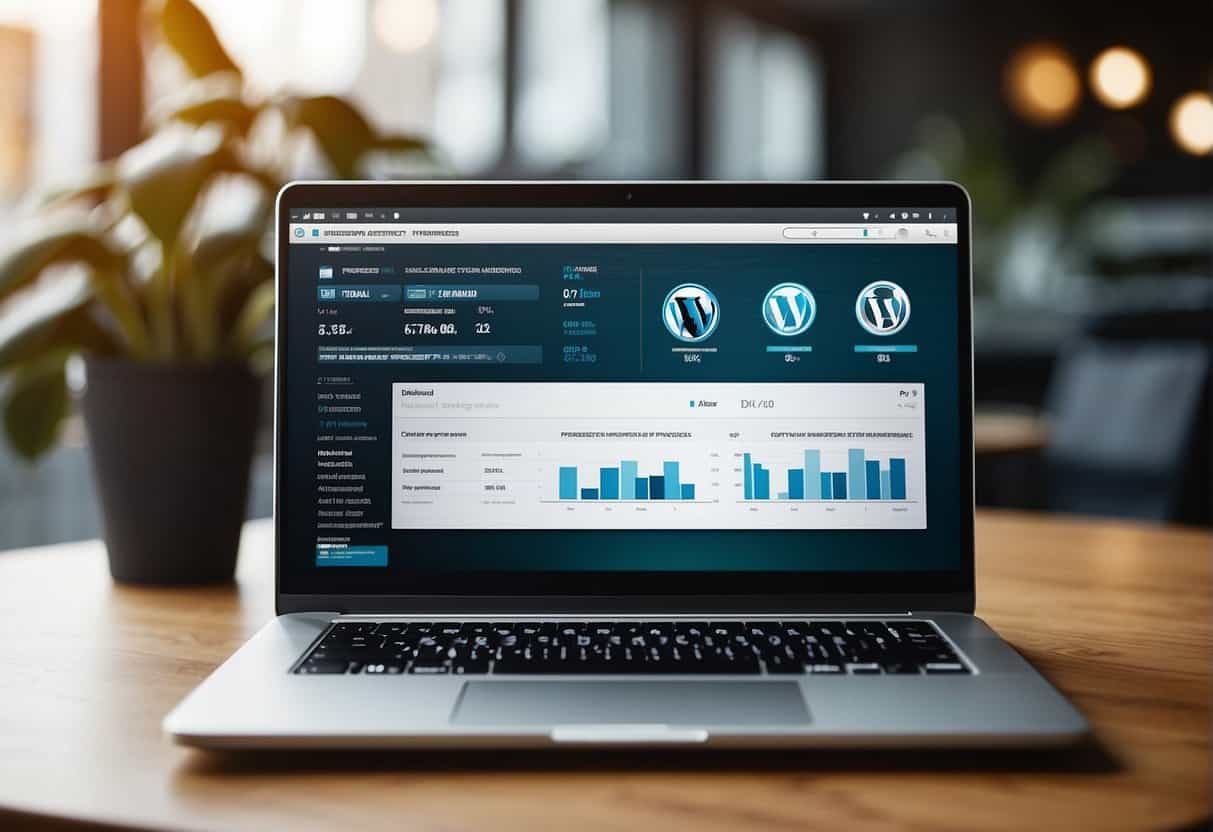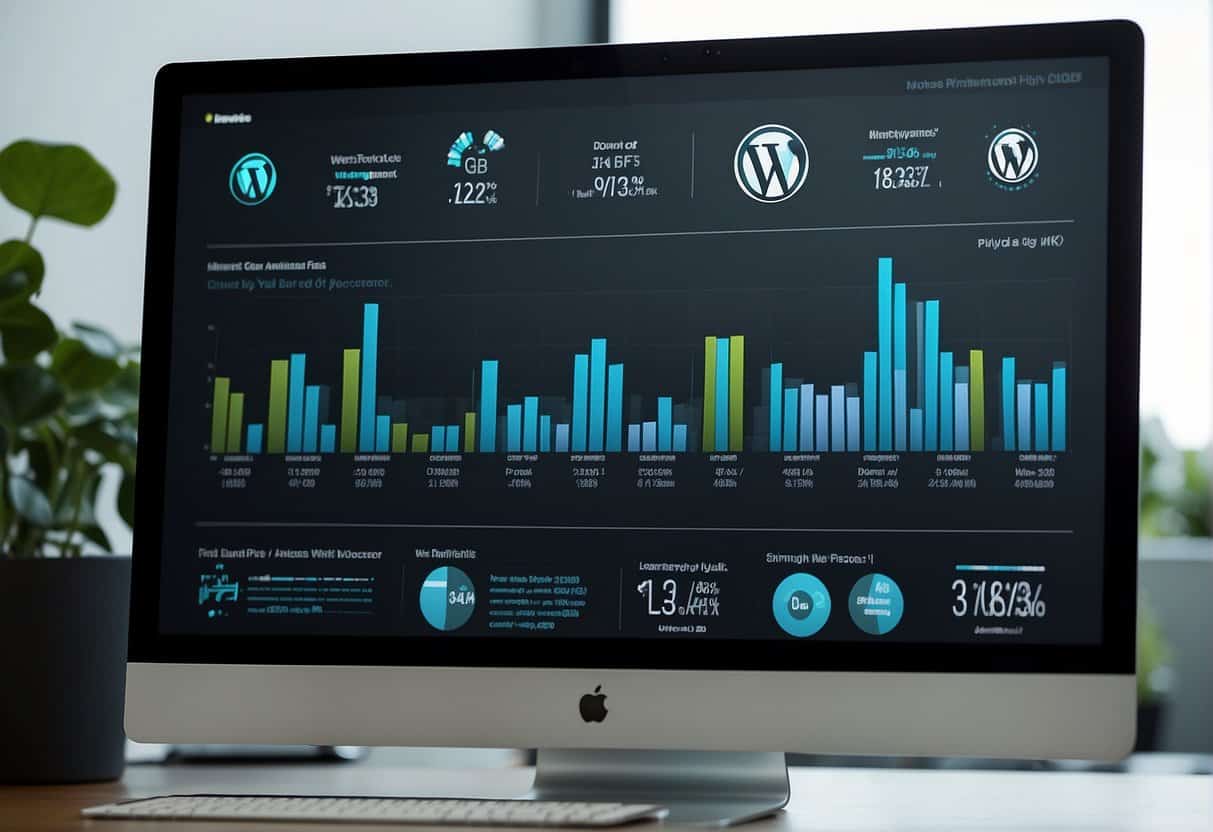Setting the right price for your products or services is critical to your business’s success. Striking a balance between maximizing revenue and adhering to client budgets requires a keen understanding of various pricing strategies. Your choices can influence demand, competitive edge, and overall profitability. It’s vital to consider both market conditions and the perceived value of your offering when determining prices.
To tailor your pricing model effectively, you must be well-versed in the foundational methods used across industries. From cost-based pricing to value-based models, each strategy serves a distinct purpose and aligns with different business objectives. An awareness of your clientele’s price sensitivity is also essential, as it dictates how price changes can impact sales volume.
Incorporating flexibility into your pricing strategy allows you to remain competitive while also catering to a broader range of clients. Dynamic pricing, discounts, and bundling are tools that can help meet client budgets without compromising your revenue goals. Crafting a well-structured approach that considers both your needs and those of your clients is the cornerstone of a successful pricing strategy.
Understanding Pricing Strategies
In evaluating pricing strategies, your focus should be on selecting a method that aligns with your business objectives while considering your product’s value and cost, as well as market demand.
Types of Pricing Strategies
- Cost-Plus Pricing: This straightforward strategy involves calculating the cost of your product and adding a markup to determine the final price. It ensures coverage of costs and a consistent profit margin.
Cost Item Amount ($) Production Cost 20 Marketing 5 Distribution 3 Markup (50% Profit) 14 Total Price 42 - Value-Based Pricing: Sets price primarily on the perceived value to the customer rather than on the actual cost of the product. It requires a deep understanding of your customer’s needs and the value they place on your product.
- High Demand, Low Sensitivity: When demand is high and price sensitivity is low, you can price your products higher to maximize profitability.
- High Sensitivity, Lower Demand: Where price sensitivity is high, and demand is lower, consider more competitive pricing to attract price-conscious customers.
- Competitive Pricing: Involves setting prices based on what competitors charge. While it helps to stay relevant in the market, your profit margin may be thinner.
- Dynamic Pricing: Prices fluctuate based on market demand and other external factors. It’s a more flexible approach that can maximize profits during high-demand periods.
Determining Your Pricing Objectives
- Profit Maximization: If your goal is to maximize profits, you’ll need to find the sweet spot where your price and sales volume result in the highest possible total profit.
- Market Penetration: Ideal for new entries into a market, where the objective is to gain market share quickly by setting lower prices.
- Revenue Maximization: Involves setting prices to encourage sales growth, even if that results in smaller profit margins, under the assumption that this strategy will lead to long-term profitability through a higher volume.
- Stabilization: Prices are set to stabilize the market, used to counteract competitive pricing or when demand is unpredictable. It could mean adjusting prices to match competitors or setting a price that the market dictates as standard.
Analyzing Market Conditions
When setting your pricing strategy, understanding the market is essential. You need to assess the competitive landscape, recognize customer demand trends, and account for external factors that may influence pricing decisions.
Competitor Analysis
To gain an insight into market share, closely examine your competitors’ pricing models. You can conduct a SWOT analysis (Strengths, Weaknesses, Opportunities, Threats) to understand where your business stands relative to your competitors. Create a table with the standard prices for services or products similar to yours:
| Competitor | Your Product/Service | Competitor Price | Features | Market Share |
|---|---|---|---|---|
| Competitor A | Product/Service Name | $XX.XX | Feature 1 | X% |
| Competitor B | Product/Service Name | $XX.XX | Feature 2 | X% |
| Competitor C | Product/Service Name | $XX.XX | Feature 3 | X% |
Ensure the table includes any technology or media utilization impacting their pricing.
Customer Demand Trends
Understanding the latest trends that affect customer preferences is crucial for pricing your offers appropriately. Look for patterns in your sales data and customer feedback to gauge the direction of demand. For instance:
- In Q1, demand for eco-friendly products rose by 10%.
- During holiday seasons, your premium services see a 15% increase in sales.
Highlight trends using bullet points to pinpoint exactly what shifts in customer demand you’re observing.
Impact of External Factors
Your pricing strategy has to factor in a variety of external factors that can affect market conditions:
- Economic Climate: Be mindful of the broader economy, including any looming recession, which could alter customer spending habits.
- Regulatory Changes: Stay updated on new regulations that may impact your product/service costs.
- Technological Advances: Adapt your prices based on new technologies that either increase efficiency or require additional investment.
Evaluate these factors and consider their direct impact on your cost and pricing models. Use concise statements, such as:
- “A recession may decrease disposable income, necessitating more budget-friendly options.”
- “Emerging technology X may reduce production costs by 5%.”
By closely analyzing these conditions, you’ll be better equipped to set prices that are competitive while also meeting your client budgets.
Pricing for Profit Maximization
To optimize your revenue, consider both the nature of your costs and the perceived value of your products to customers.
Cost-Plus vs. Value-Based Pricing
Cost-Plus Pricing revolves around calculating your total costs and adding a percentage that represents your desired profit margin. It’s straightforward:
- Determine Total Costs (production costs, labor, etc.)
- Add Markup for profit.
| Costs | Markup Percentage | Price |
|---|---|---|
| $100 | 50% | $150 |
Value-Based Pricing, on the other hand, prices products based on the perceived value to the customer rather than strictly on costs. This strategy can significantly increase your profit margins if customers believe your product offers exceptional value.
Dynamic and Tiered Pricing Models
Dynamic Pricing adjusts prices based on market demand and competition. This approach requires continuous market analysis, but it can maximize profits during high demand and maintain sales during slower periods.
- High Demand = Higher Price
- Low Demand = Lower Price
Tiered Pricing means offering products at different price points, each with varying features or levels of service, allowing you to capture different segments of the market.
- Basic Tier: Limited features, lowest price
- Premium Tier: Additional features, higher price
Expect customers to self-select based on their budget and needs, leading to increased overall sales volume and profit maximization.
Strategies for Different Market Segments
When pricing your products or services, it’s crucial to tailor your strategy to the specific market segment you’re targeting. By aligning your prices with the perceived value among different customer groups, you can effectively cater to varying needs and maximize your revenue.
Luxury and Premium Pricing
Your high-end products deserve a premium pricing strategy. This approach communicates quality and status, aligning well with a luxury brand image. Position these offerings as exclusive or superior to justify the higher cost. A luxury segment customer base often views price as a proxy for quality, making them less price-sensitive. Implementing this strategy can establish a loyal clientele that perceives your brand’s high value and is prepared to pay for it.
- Key Characteristics:
- Higher price points
- Less price elasticity
- Focus on quality and exclusivity
Penetration and Discount Strategies
For attracting a broader audience, especially one that is price-sensitive, consider penetration pricing. Initially setting low prices can help quickly build your customer base by making your offerings more accessible. Once you’ve established a strong market presence, gradual price increases can follow. This strategy can be complemented with discount offers or loss leader pricing to entice customers and drive volume.
- Key Steps for Implementation:
- Start with lower entry prices
- Gradually increase to normal levels
- Use temporary discounts to boost sales
Use these tailored strategies to meet the expectations of your distinct market segments, ensuring your pricing aligns with both customer budgets and your revenue goals.
Customer-Focused Pricing Approaches
In this customer-centric section, you’ll explore strategic pricing tactics that are not only poised to enhance sales but are also designed to align with your clients’ financial constraints, optimizing both customer satisfaction and revenue.
Psychological Pricing Effects
The way you price your products can significantly influence consumer perception and action. Psychological pricing is a deliberate tactic where prices are set slightly below a round number to make the cost seem less to the customer (e.g., $29.99 instead of $30). This approach taps into customer preferences, making them more inclined to purchase, thinking they’re getting a better deal.
Bundle Pricing is another psychological strategy that increases customer satisfaction by offering multiple products for a price that seems lower than buying each item separately. This not only enhances the perceived value but also encourages a higher volume of sales while meeting client budgets.
Loyalty and Retention Pricing Strategies
To build customer loyalty and encourage customer retention, offer special pricing to those who frequently purchase from you. Loyalty programs with exclusive discounts can boost customer lifetime value, as consumers often prefer to stick with brands that reward their patronage.
Retention pricing strategies revolve around personalized offers to keep your existing client base coming back. For instance, providing a discount on the next purchase after a transaction or creating an ascending scale of rewards based on the customer acquisition anniversary can effectively increase retention rates. Implementing these pricing strategies requires understanding your customers’ buying habits and preferences to offer deals that resonate best with them.
Adaptive Pricing in a Digital Era
Adaptive pricing strategies harness the power of digital tools to respond to market trends and tailor prices to customer demand, ultimately aiming to balance revenue growth with client budget considerations.
Technology-Driven Pricing Models
With the advent of big data and sophisticated analytics, you can now harness technology-driven pricing models to dynamically adjust the cost of digital products. Implementing an algorithmic pricing system, for instance, allows your online store to modify prices based on real-time supply and demand, competitor moves, market conditions, and customer behavior patterns.
Example of dynamic pricing for an online telecom store:
- High Demand Period (e.g., Product Launch)
- Base price: $100
- Increase by 10% = $110
- Low Demand Period
- Base price: $100
- Decrease by 10% = $90
This adaptive approach not only boosts competitiveness but also maximizes revenue opportunities by leveraging customer data to set just-right prices. Moreover, by offering quality products with pricing that reflects current market conditions, you’ll foster innovation while meeting the need for affordable solutions.
Engaging with Digital Markets
Engaging with digital markets requires a nuanced understanding of digital customer expectations. Your online presence, supported by robust e-commerce platforms, can provide valuable insights into shopping patterns and price sensitivity. Use this data to create compelling offers that match your target audience’s budget constraints without sacrificing margins.
For instance, when selling a software solution:
- Tiered Pricing Structure:
- Standard: $150 (basic features)
- Professional: $250 (advanced features)
- Enterprise: $400 (premium features with support)
Such structured pricing plans enable customers to select a product version that best fits their budget, which can increase the perceived value and drive higher sales volumes. By keeping your finger on the pulse of digital markets, you’ll be well-equipped to adjust your pricing in a way that both appeals to consumers and secures your business’s financial objectives.






